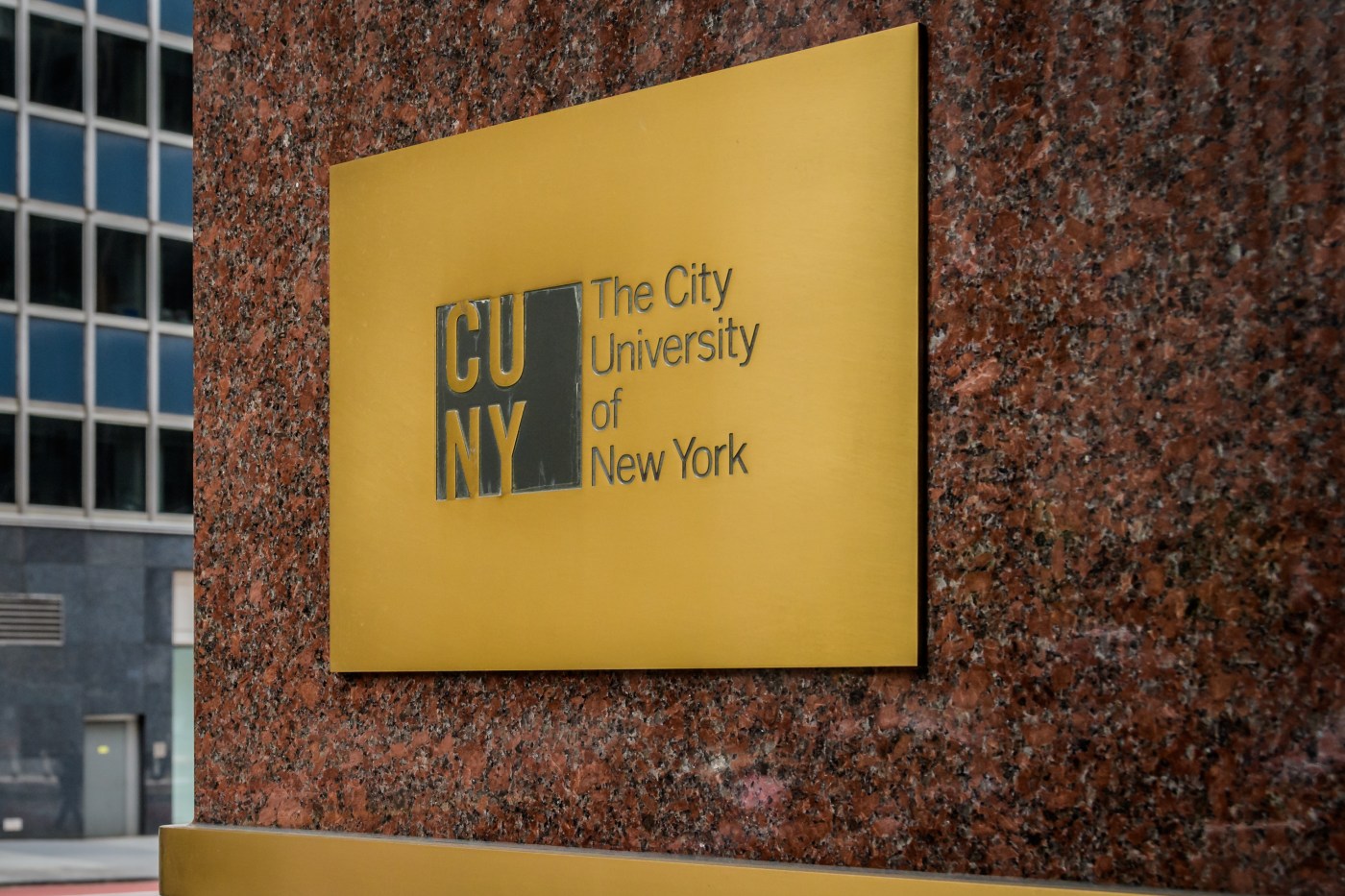Neighbor’s Hoarding Sparks Fire Safety Concerns for Community

A growing concern regarding fire safety has emerged in a residential neighborhood where a man’s hoarding tendencies have raised alarms among his neighbors. The situation has prompted one resident to seek advice on how to address the potential dangers posed by the clutter that obstructs pathways and visibility around the property.
Residents have noted that the man’s yard is filled with numerous boxes and other items, creating a narrow passageway along the driveway. With the accumulation of debris and overgrown trees, the house itself is barely visible. This has raised fears about the possibility of a fire, as blocked entrances and exits could hinder emergency responders in critical situations.
According to professionals in emergency services, homes with a significant amount of clutter can pose serious risks not only to the individuals living there but also to those nearby. Many fire departments have trained personnel who specialize in addressing hoarding situations, allowing them to intervene while prioritizing safety.
The neighbor, expressing deep concern, is hesitant to report the situation due to fears of potential backlash from the homeowner. While the risk of offending the neighbor is understandable, experts emphasize that the greater danger lies in remaining silent. Should a fire occur, it would endanger not just the homeowner but also surrounding properties and lives.
In another personal dilemma, a woman shared her struggles with her sister’s withdrawal after disclosing her husband’s diagnosis of Alzheimer’s disease nearly three years ago. The woman expressed feelings of heartbreak as her sister cut off communication, except for sporadic text messages. Despite her attempts to reach out and understand the situation, her sister criticized her, claiming she had been a bully. The absence of clarity and resolution has left the woman feeling isolated.
The sister eventually sent a letter offering an apology for the hurt caused, yet she did not provide an explanation for her actions. This lack of closure has made it challenging for the woman to rebuild their relationship. She speculates that the shared history of their mother’s Alzheimer’s diagnosis may contribute to her sister’s emotional distance.
In addressing the emotional complexities involved, Eric Thomas, a relationship expert, advises that while forgiveness was graciously offered, the absence of a genuine acknowledgment of harm creates an unbalanced dynamic. He highlights the importance of setting emotional boundaries to protect oneself from further pain.
He encourages the woman to communicate her needs to her sister, despite the risk of rejection. Engaging in open dialogue may lead to a healthier connection, although it is essential to remain mindful of the potential for emotional harm.
In both situations, the underlying themes of safety, communication, and emotional well-being reflect broader societal challenges. As individuals navigate personal relationships and community concerns, seeking professional guidance can provide clarity and support.






